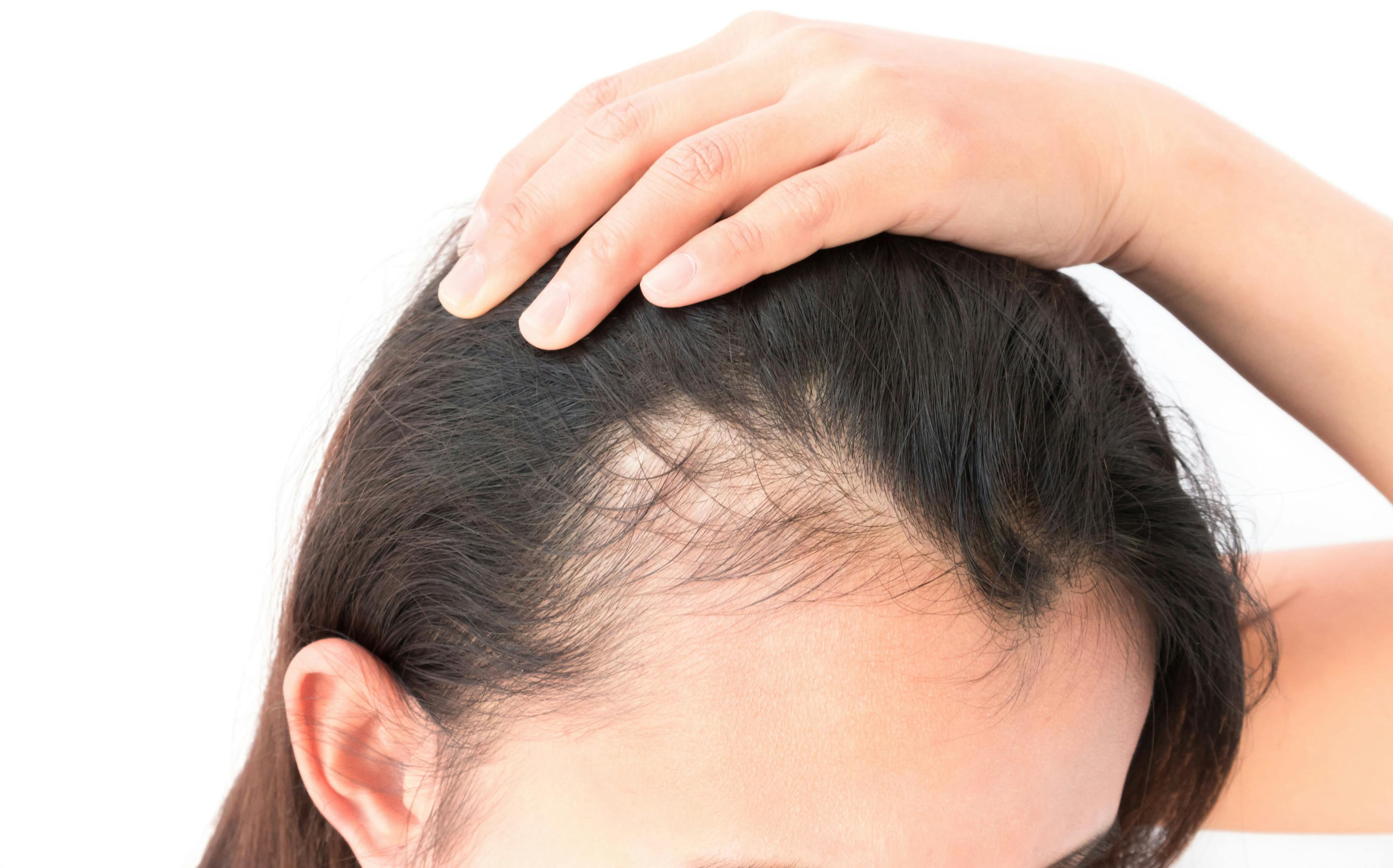- Acne
- Actinic Keratosis
- Aesthetics
- Alopecia
- Atopic Dermatitis
- Buy-and-Bill
- COVID-19
- Case-Based Roundtable
- Chronic Hand Eczema
- Chronic Spontaneous Urticaria
- Drug Watch
- Eczema
- General Dermatology
- Hidradenitis Suppurativa
- Melasma
- NP and PA
- Pediatric Dermatology
- Pigmentary Disorders
- Practice Management
- Precision Medicine and Biologics
- Prurigo Nodularis
- Psoriasis
- Psoriatic Arthritis
- Rare Disease
- Rosacea
- Skin Cancer
- Vitiligo
- Wound Care
Publication
Article
Aesthetic Authority
Is NPS effective for facial treatment?
A 2020 study investigates the safety and efficacy of nanopulse stimulation energy on facial tissue and wound response.
Recently, an open-label, nonrandomized study on the effects of nanopulse stimulation (NPS) on preauricular facial skin was published in the Journal of Cosmetic and Laser Therapy.1 The study was under the direction of a single principal investigator and institutional review board from the Biomedical Research Institute of America. Patients who previously had an elective face-lift procedure were able to participate in the study.
Trial objectives were to establish a range of NPS exposure that is safe for facial tissue with predictable damage to the skin, and to perform a histological analysis of the NPS-treated tissue correlated to clinical recovery scores and images. The wound response and degree of injury were evaluated at days 1, 7, 25, 30, and 60 after NPS treatment.
In total, 6 patients were included in the study and separated into 2 cohorts. The first group had 3 areas mapped on each side of the face. Two of the areas were treated with 1 of 8 energy levels using either 2.5×2.5-mm or a 5×5-mm applicator and the other group had 11 regions mapped with a 1.5×1.5-mm applicator.
The treatment areas were marked on the skin using a plastic overlay and medical grade ink, with 6 energy levels being evaluated over 60 days. Before treatment, 2% lidocaine was applied to each treatment region with between 2 and 5 Joules to help with patient comfort and the total electric energy. After treatment, a punch biopsy was taken at 4 to 6 mm and used to completely excise the treatment areas. There was minimal bleeding and no electrocautery during sampling. The samples were bisected perpendicular to the epidermal surface.
There were no signs of infection or adverse events during the trial, but there was localized epidermal damage and erythema apparent post treatment for all levels in the patients. Eschars were prominent by 5 days after treatment and the epidermal recovery was evident by day 7 and complete by day 15.
One day after treatment, histological epidermal changes showed that the nuclei were no longer blue and the cellular membranes were intact; however, the cell interiors had a hollow appearance. By 7 days after the NPS treatment, the eschar was formed, and the epidermis started to regenerate. By day 15, the samples achieved full re-epithelialization. No inflammation was observed, and the day 30 samples were similar to those of day 15.
In the dermis, the sebaceous glands and melanocytes demonstrated the greatest changes. At day 1, the sebaceous glands and melanocytes had regulated cell death. The sebaceous glands did not have recovery in the 60 days, but the melanocytes started recovering within 7 days with a full recovery by day 30. This may be consistent with a relative normalization of skin pigment over time, according to the study.
The 2 highest energy levels from NPS treatment showed slightly lower count of melanocytes compared with controls. The samples with hair follicles and eccrine ducts visible showed no apparent effect to the adnexal structure, and by day 60 the timepoint showed the epidermis, hair follicles, and eccrine glands had returned to normal.
Dermal collagen showed minimal alterations and no thermal injury, but in some tissue samples there was a slight loss of elastic fibers after being exposed to 300 mJ/mm3. The elastic tissue did remain intact in all patients and there was also flattening of the dermoepidermal junction, but this was improved by day 60.
There was a small amount of inflammation seen at day 30 for some tissue exposed to the highest treatment levels, but was sparse, primarily perivascular, and focally perifollicular. Inflammation was minimal compared with other thermal or physical methods and the samples examined did not show evidence of fibrin deposition in the blood vessels.
Macrophages containing melanin were not dense and present at all treatment levels. There was also no effect on the subcutaneous fat.
There was hyperpigmentation that correlated to patients with a higher Fitzpatrick skin classification. No patients in the Fitzpatrick skin type I classification had hyperpigmentation, but there were cases in Fitzpatrick type III classification and above in both study groups.
This study is the first controlled clinical trial to evaluate the effects of NPS treatment on facial skin, and, according to the study investigators, the low energy NPS treatment at all 9 levels was considered predictable regarding recovery and new skin regeneration.
Disclosures
All authors have completed and submitted the ICMJE Form for Disclosure of Potential Conflicts of Interest. Jauregui, Ebbers, Knape, Uecker, and Nuccitelli are employed by Pulse Biosciences Inc, the company that fabricated the pulse generator used in this study.
Reference
1. Newman J, Jauregui L, Knape WA, et al. A dose-response study of nanosecond electric energy pulses on facial skin. Journal Cosmet Laser Ther. 2020;22(4-5):195-199. doi:10.1080/14764172.2020.1827151

Newsletter
Like what you’re reading? Subscribe to Dermatology Times for weekly updates on therapies, innovations, and real-world practice tips.























